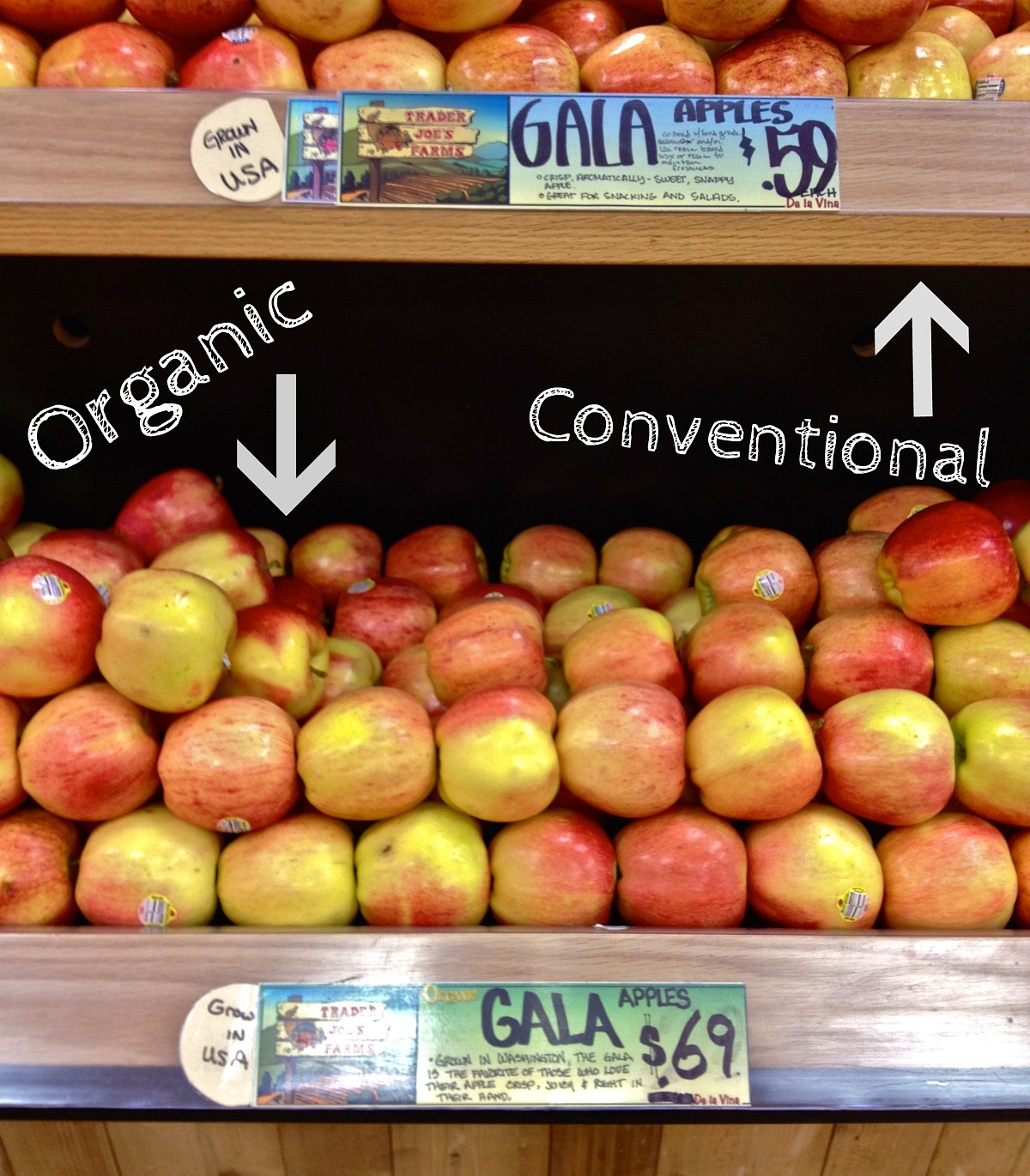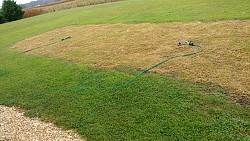How to Pay Less for Healthy Food
 Is healthy eating expensive? Well . . . yes and no. “Expensive” is a relative term, but before we even get into all that, let’s take a moment to define what we mean by healthy, shall we? We’ll go with a more inclusive definition, something along the lines of: whole foods, mostly plants, organic when possible. Can we all agree on that?
Is healthy eating expensive? Well . . . yes and no. “Expensive” is a relative term, but before we even get into all that, let’s take a moment to define what we mean by healthy, shall we? We’ll go with a more inclusive definition, something along the lines of: whole foods, mostly plants, organic when possible. Can we all agree on that?
So with that out of the way, let’s get down to business.
Is it expensive to eat healthfully? Well . . . that depends. Because of course, if you’re talking about an exclusively organic, entirely whole foods diet, and you’re comparing it to the most nutrient-negligent, gas-station-bought, bottom of the barrel processed food-like-substances available, well then of course the real food is going to cost “more” (in the short term, that is – we’ll touch on that later). Slim Jims and Top Ramen will always be cheaper than real food, so we’re going to have to set that stuff aside for the sake of discussion. We’re trying to compare apples to apples here . . . or, conventional apples to organic apples, as it were.
And when you do that – when you make fair comparisons – you see that YES, eating healthy is more expensive. Wait what?
Well it is! I’m not going to lie to you. But look, it’s only just barely more expensive. Seriously, I’m talking a few nickels here, a few quarters there. If you do it right, it adds up to a few extra dollars per trip, depending on how often you shop.
What’s that old saying? “You can pay for your health now, or you can pay for it later – with interest”. Because let me tell you, prescription medications, surgery, and disease-induced disability? Now that’s what I call expensive! And those are the kinds of diet-related results that make wholesome food suddenly seems pretty dang cheap.
So even at a little extra cost (and I do mean little) in the short term, I think it’s very well worth it. Here’s a few ways to keep those costs as low as you can, while assuring that your health is soaring sky-high.
1. First and foremost, buy in bulk. This advice gets tossed out all the time, but have you ever really followed up on it? Think about this: a can of organic pinto beans at Trader Joe’s will set you back $1.19 (not too shabby!). But at my health food store, I can get a pound of organic pinto beans (dried) for only $1.89. That’s over 4 cans worth of beans once they’re cooked. That is a lot of protein for under $2!
You can buy in bulk for beans and legumes, grains and breakfast cereals, nuts and seeds, dried fruits, syrups and oils, flour and baking ingredients, and all sorts of other foods, and it will save you mountains of money. Capiche? Okay, moving on.
2. Stop buying beverages. Period. Water is practically free and it’s much better for you.
3. Stop buying packaged foods. They are marked up by a mile, and there’s nothing “convenient” about an empty wallet.
4. Grow your own. This is especially cost-effective with fresh herbs, which, for all you apartment dwellers, are easy to grow on the kitchen counter.
5. Buy organic on produce that makes the dirty dozen. If you have to, it’s okay to buy conventional for the rest (see also: the clean fifteen).
6. Frozen veggies are cheap but the quality is similar to fresh. Canned veggies lose nutrients, so choose frozen and you won’t have to worry about them going bad.
7. Eat plant protein. By weight and by calorie, legumes are cheaper than meat, end of story. People who do physical work in cold climates may need more fat and protein, but even someone like a roofing contractor in Minneapolis can cut the cost of his daily diet by subsituting legumes for some of the animal protein that he consumes. Chaya (Networx's editor) knows several vegan carpenters who bulk up on beans on grains. You'll see that beans (especially when combined with a healthy fat like olive oil or avocado and a little bit of salt) really do provide plenty of energy.
8. Shop the farmer’s market, because buying direct cuts out the middle man. Bonus tip: show up when the market is closing. The selection won’t be as good, but you’ll be able to strike a great bargain with farmers looking to unload the last of their stock. Though farmer's markets proliferate during the summer months, some communities offer winter farmer's markets.
9. And most importantly, pay attention! Sometimes the brand name IS cheaper, when it’s on sale. Sometimes the box DOES cost less than the bulk, for no apparent reason. So keep your eyes open, try to enjoy the bargain “hunt”, and make a game of it. It helps to keep a list of the cheapest sources of organic and whole foods so that you can organize your shopping trips accordingly.
Sometimes deals pop up in unexpected places. Like at Whole Foods market, which has earned itself the nickname “Whole Paycheck” (and that’s probably well deserved). But there are some things that Whole Foods offers for super cheap. For example in my city, their house brand (“365”) organic unsweetened almond milk is the cheapest around, by a significant margin. The Whole Foods price of 3/$5 beats out Trader Joe’s, the standard grocer, and every small co-op I’ve ever been to. It’s even cheaper than making it yourself (don’t tell my crunchy friends), though of course homemade will be healthier.
The point is, it pays to pay attention. Excited? Well grab that canvas grocery bag and let’s get shopping!
Sayward Rebhal writes for Networx. Get healthy home ideas like this on Networx.
Looking for a Pro? Call us (866) 441-6648

Landscaping Average Costs
Landscapers Experiences

Bathroom Flooring Replacement And A Mystery Solved

Lawn Repair: Contractor Followup To My DIY Prep Got The Job Done



